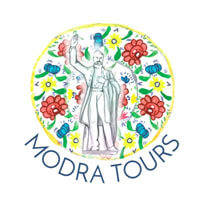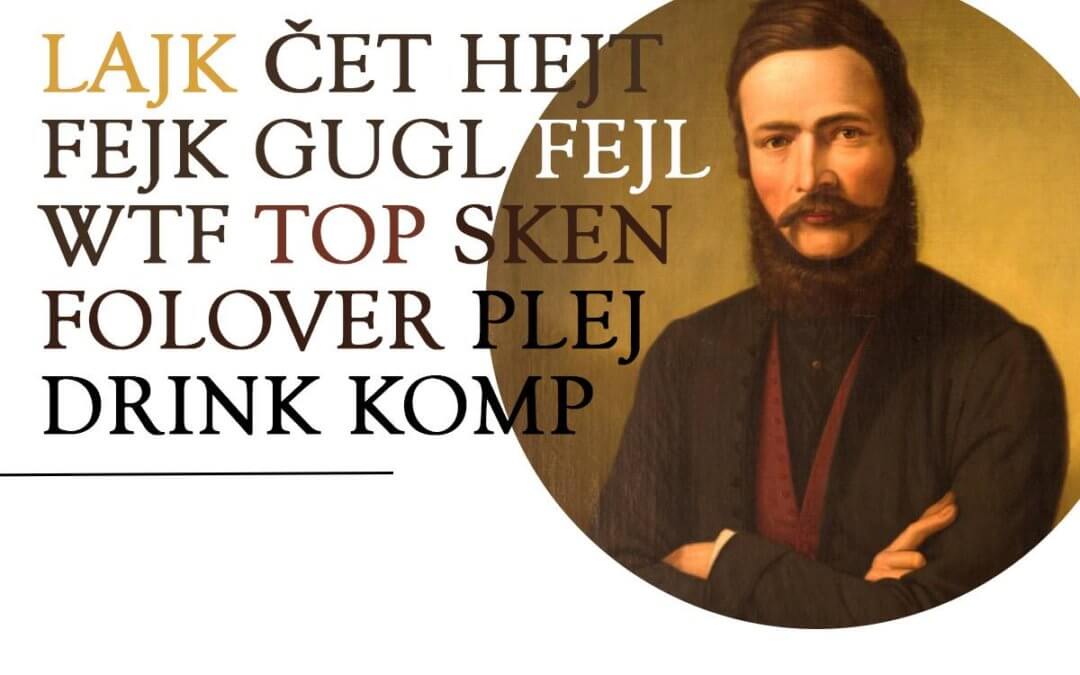TABLE OF CONTENTS:
1. ĽUDOVÍT ŠTÚR’S RELATION TO MODRA
2. HIS CREATION IN MODRA
3. ŠTÚR AND ARTISTS
4. WITH ŠTÚR FOR A GLASS OF WINE
5. ŠTÚR’S MODRA
6. FINAL WORDS
„Once you’ve been White for sure,
although now you’re called Modra, i.e. Blue,
and now please don’t call me mad,
but maybe once you’ll be called Black!“
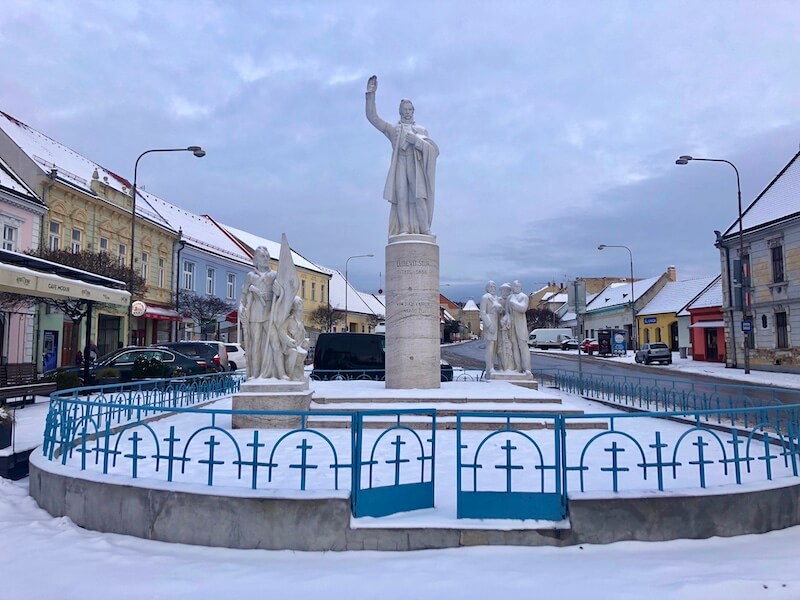
What is the first thing that comes to your mind when you hear the word “Modra”? If you know something about the town, then maybe wine, pottery, Štúr or ice cream. It may be something different for everyone. However, it is certain that the town of Modra and Ľudovít Štúr form an inseparable part of each other, one belongs to the other.
ĽUDOVÍT ŠTÚR’S RELATION TO MODRA
Ľudovít Štúr’s relationship with Modra was gradually formed during his young years. His father Samuel studied at the evangelical high school in Modra between 1803 and 1809, and he certainly told him about his student days. Samuel’s cousin Jozef Štúr, a feared and strict teacher, also studied here. And also his son Dionýz, later director of the Imperial Geological Institute in Vienna. The youngest brother Janko also completed his studies here after studying at the Bratislava Lyceum. And last but not least, Karol Štúr, the eldest of Ľudovít’s four siblings, was also active here. He stirred up a national movement in Modra and became a respected rector of the aforementioned Evangelical Lyceum. It was during that period that Ľudovít visited Modra and his brother. He met here with the newly formed, conscious youth. Well, to make the list complete, all six sons of Karol should be mentioned. All of them also studied in Modra.
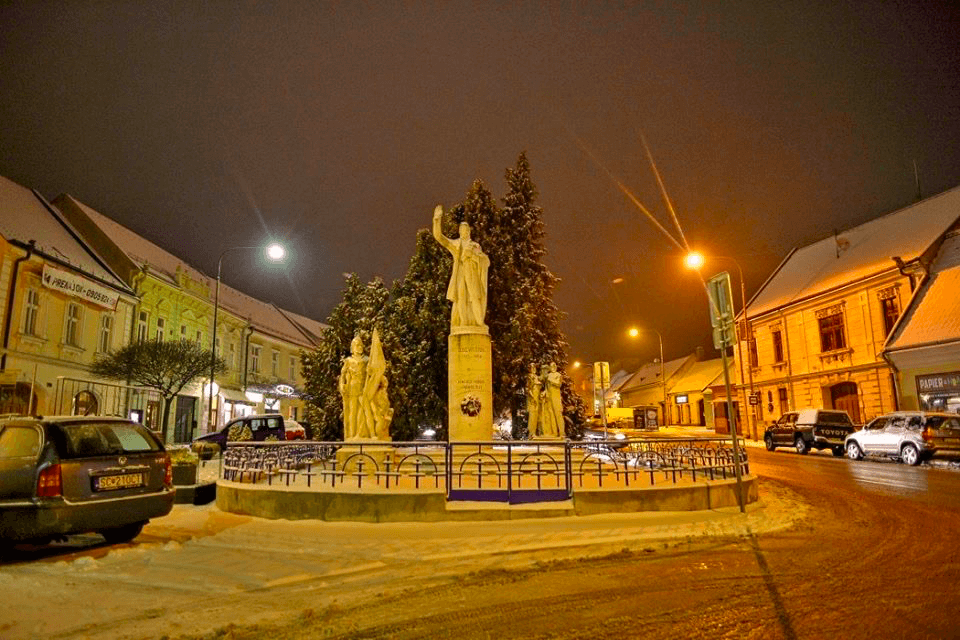
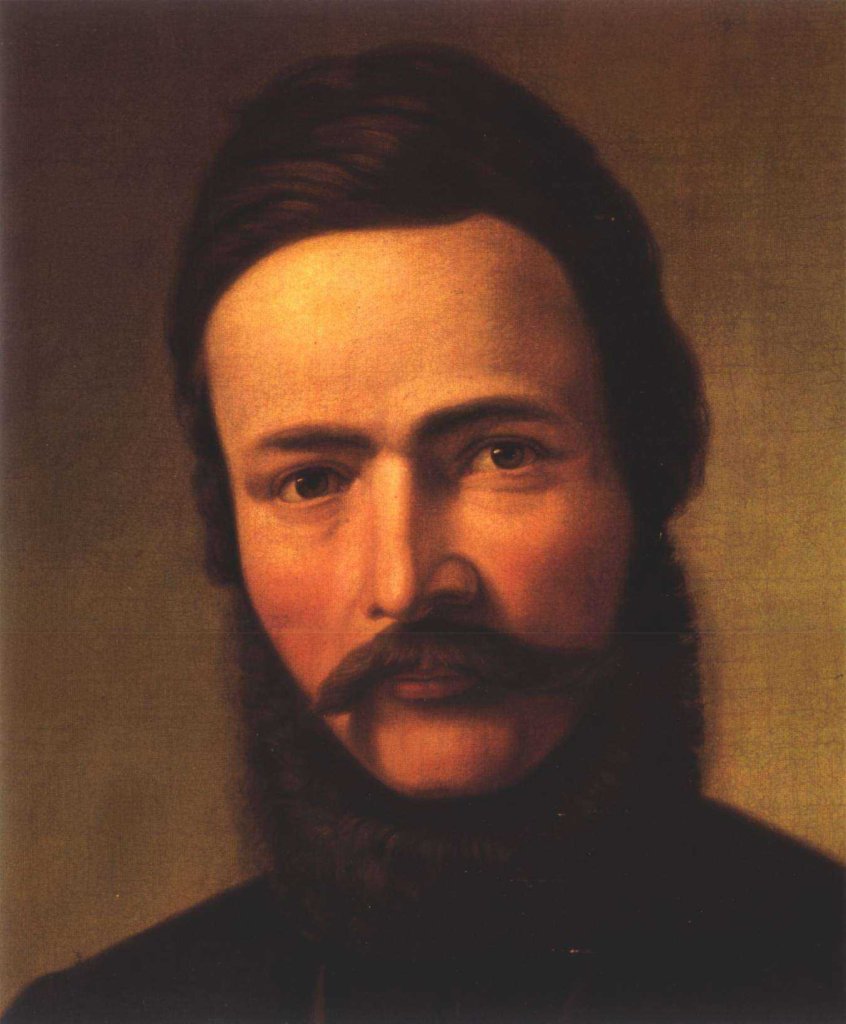
The second period of Ľudovít Štúr’s contacts with Modra falls into the revolutionary years of 1848/49. During these two eventful years, he visited Modra three times. The first time he came here unrecognized, incognito. It was at the end of May 1848, when he was returning from Liptovský Stoličný Mikuláš. Pursued by a government arrest warrant, he had to quickly flee to the region of Záhorie. From there he then got to Prague, to the Slavic Congress. Afterwards, he came to Modra twice more in June 1849.
The third period of relationships is also the last stage of his life. Ľudovít came to the funeral of his brother Karol in January 1851. Seeing his sister-in-law, an unhappy widow and her seven children, he considered it a moral duty to stay and help her with the upbringing of her children. The house he lived in during his stay in Modra is known as Schnell’s house. You can recognize him by the bronze commemorative plaque. It is from 1924 and reminds us of Štúr’s memorable statement: “We have put ourselves in the service of the spirit and therefore we have to go through the thorny path of life.”
HIS CREATION IN MODRA
In Modra, Ľudovít Štúr was engaged in literary activities. He created three works here. In 1853 he published the book “On national songs and legends of the Slavic tribes”. In the same year, he published his only collection of poems “Chants and songs”. And here he also wrote the philosophical and political work “Slavicness and the world of the future”.
On national songs and legends of the Slavic tribes
“We mentioned above that the Slavic spirit did not create any other art, nor can it call any other art its own, except singing, but it breathed all its strength into this one, because it best corresponded to its desire. But poetry is, as we have already proven above, the height of art, and the most decent, reasonable and humane way for the nation to express what it considers beautiful and noble.”
Štúr published this work in Prague, because it was not possible in Hungary at the time of Bach’s absolutism and the nascent Magyarization. Czech Matica did publish the work, but it had to be published in Czech. Therefore, the translation from Slovak was made by Štúr’s friend Janko Kalinčiak, for whom he arranged the position of rector at the Modra Lyceum. He later also financed Štúr’s funeral. Štúr dedicated this work to his supporter, the Serbian prince “His Princely Highness” Michal Obrenovič.
“There is no stronger nation in the world than the Slavs. There are also songs among other peoples, and you can hear chants there too, but nowhere are there as many of them, nor are they as beautiful as here.”
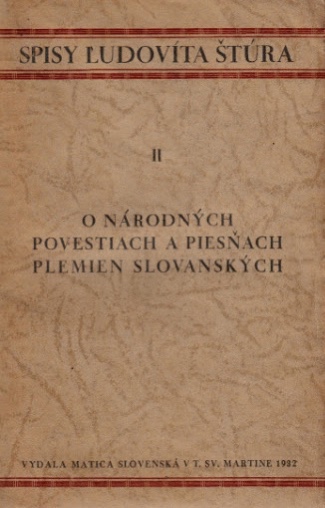
“Forget, Dear, forget the young man, above whom the clouds gather stormily.
Forget, Dear, forget the boy who sends you a farewell painfully:
he will forget all the pleasures, they’re so grand,
only never, only never about his fatherland!”
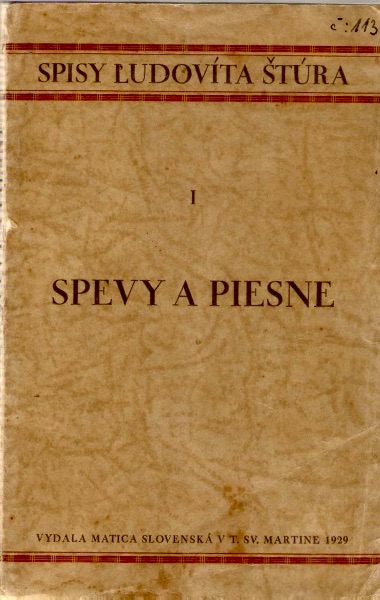
Chants and songs
This poetry collection was published by Ľudovít Štúr in Modra during his stay there. It contains 12 poems, some written in Czech. Perhaps the most famous is the poem “Farewell”. With it, in four stanzas, he says goodbye to his love, Mária Pospíšilova. He gives his heart to the nation and the homeland. Mária certainly wasn’t thrilled about it, but she didn’t despair for long. Her father chose a German physician as her husband, with whom she had 14 children. In Slovak, you can find a poem written on the occasion of Ján Hollý’s death in the collection, as well as the poem “On the mother’s mound”. Although Štúr’s poetic qualities are not highly valued, as the Institute of Slovak Literature of the Slovak Academy of Sciences, wrote, “its importance lies in the introduction of new elements into the Slovak poetry of the thirties and forties of the 19th century”.
Slavs and the world of the future
This work was published for the first time in Slovak only in 1993. It was in a manuscript and therefore cannot be considered as finished. In it, Štúr looks for answers to the questions of the future of the Slavic peoples. He calls on the Slavs to unite into one entity with the same language and religion under the rule of Russia. This idea of uniting the Slavic nations was used as a mobilizing factor during the Slovak National Uprising. Štúr saw a better and brighter future in the unification. However, due to his untimely death, he did not manage to finish this work.
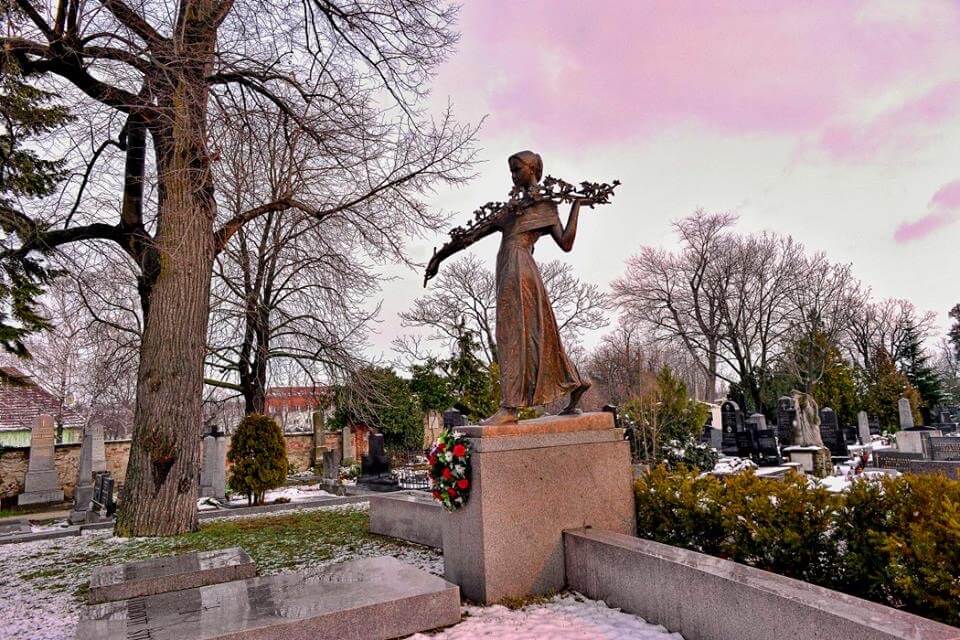
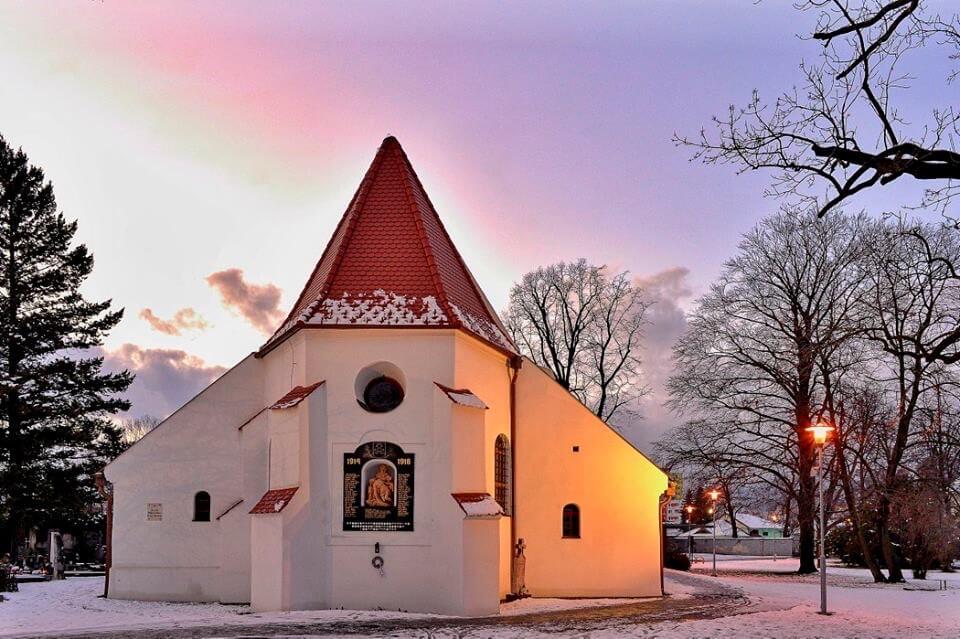
ŠTÚR AND ARTISTS
The town of Modra is a town of artists who love Štúr and portray it in their works. In Modra, you can wear Štúr on a T-shirt or sweatshirt, you can drink coffee with it or even have a glass of Modran wine with his face on it.
Blue lounge
Denisa from Blue lounge , for example, produces original interior accessories and jewelry. And such nice things to wear. Children’s bodysuits, t-shirts and beautiful girls’ dresses are irresistible. We also try to stick to Štúr’s motto “ Spend less, create more.”

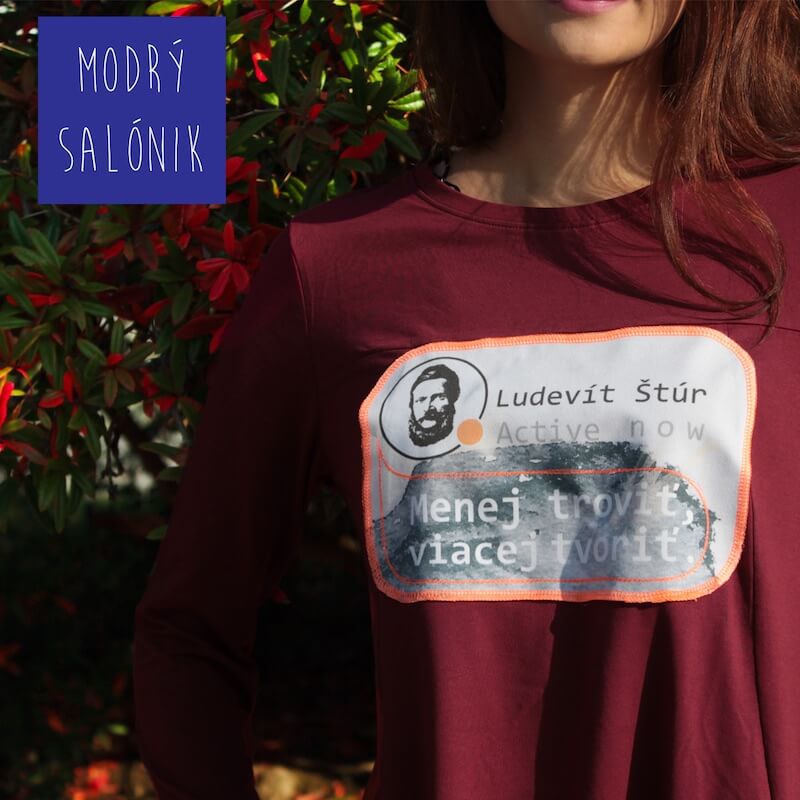
Cuveé
For the aforementioned glass of wine in Modra, we definitely recommend going to the Cuvée wine shop. It’s a modern wine shop and a cafe at the same time. It is located in beautiful historical premises in the centre of the town. The Cuvée Winery is managed by two smart brothers. One of them can even draw beautifully like this. So, you will find our Ľudevít in Cuvée several times. You can chat with him right at the entrance, admire him in a painting or enjoy a T-shirt with his likeness designed by Dominik Trusina.
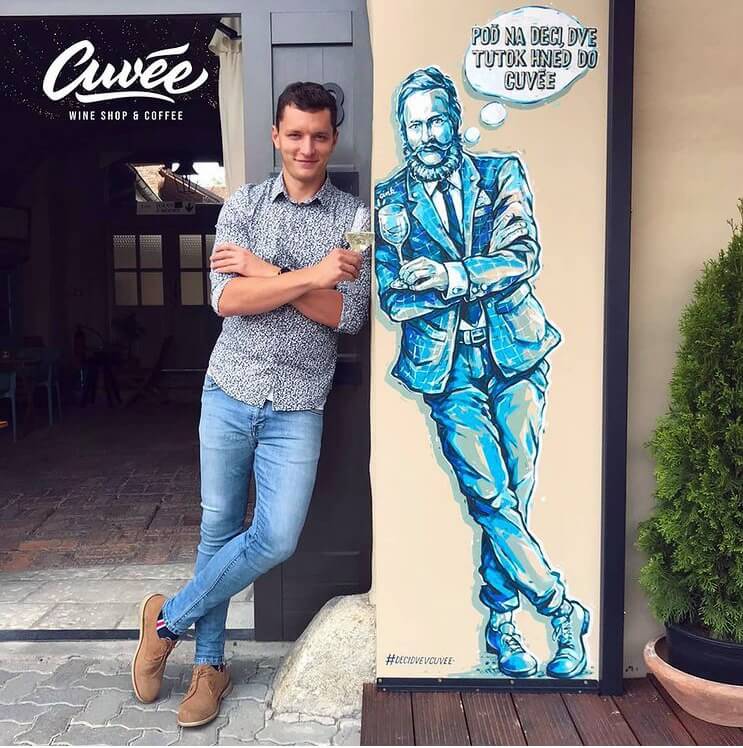
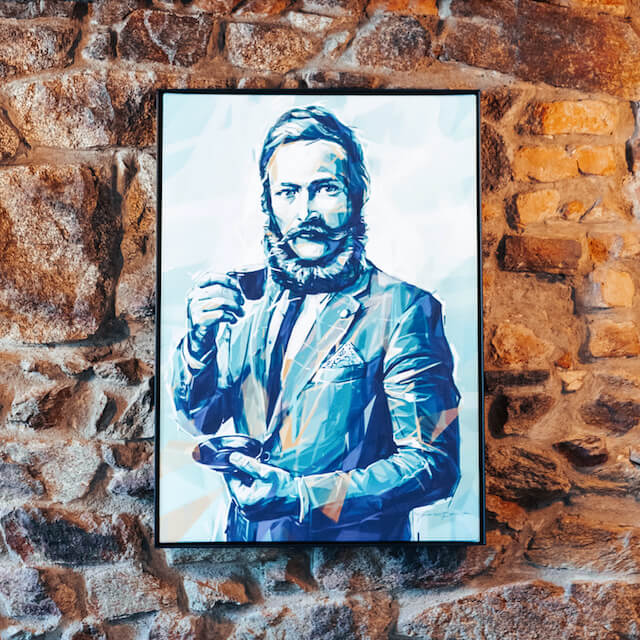
Modra pottery
Our dear “Lajko” Štúr must not be missing even on utilitarian ceramics. Jakub Liška’s ceramic workshop offers it in two colours and three sizes. You will definitely enjoy cocoa and coffee from the earthenware cups. Which do you like more? Brown, blue or the one typical for Modra?
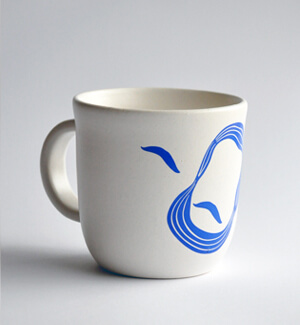
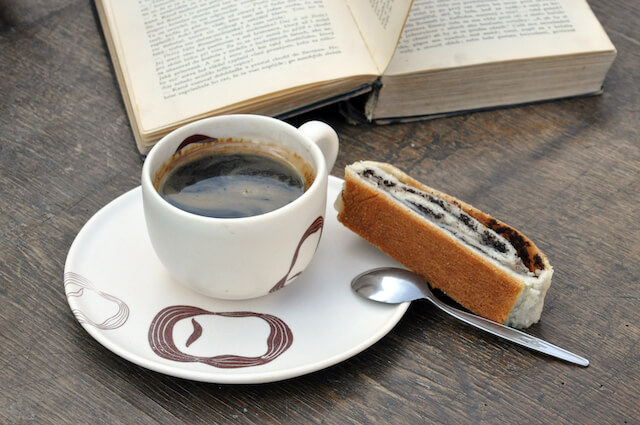
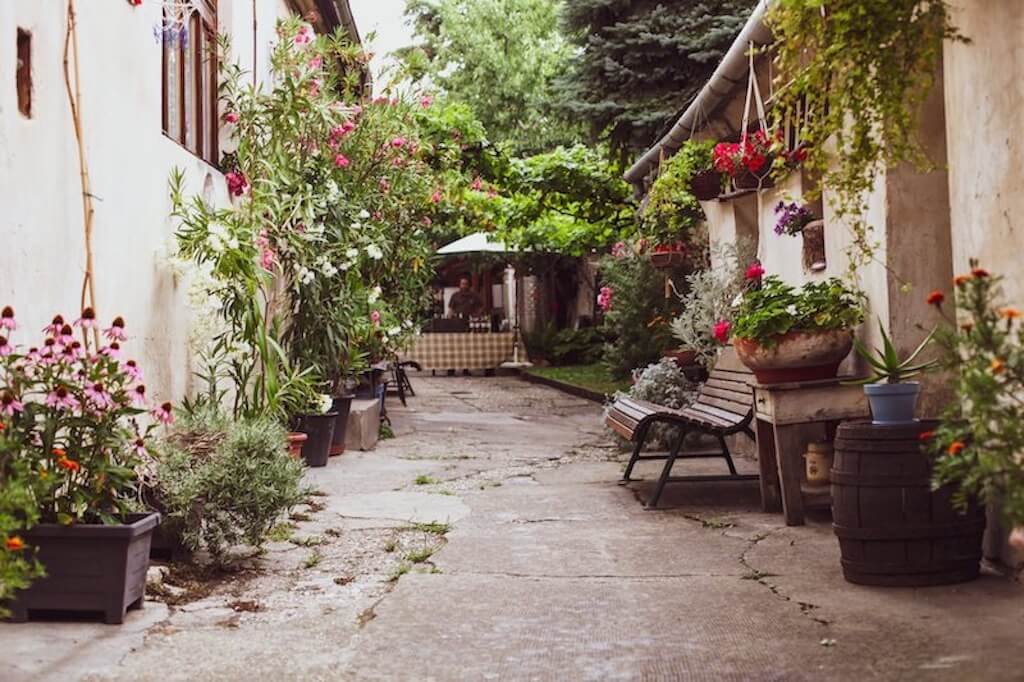
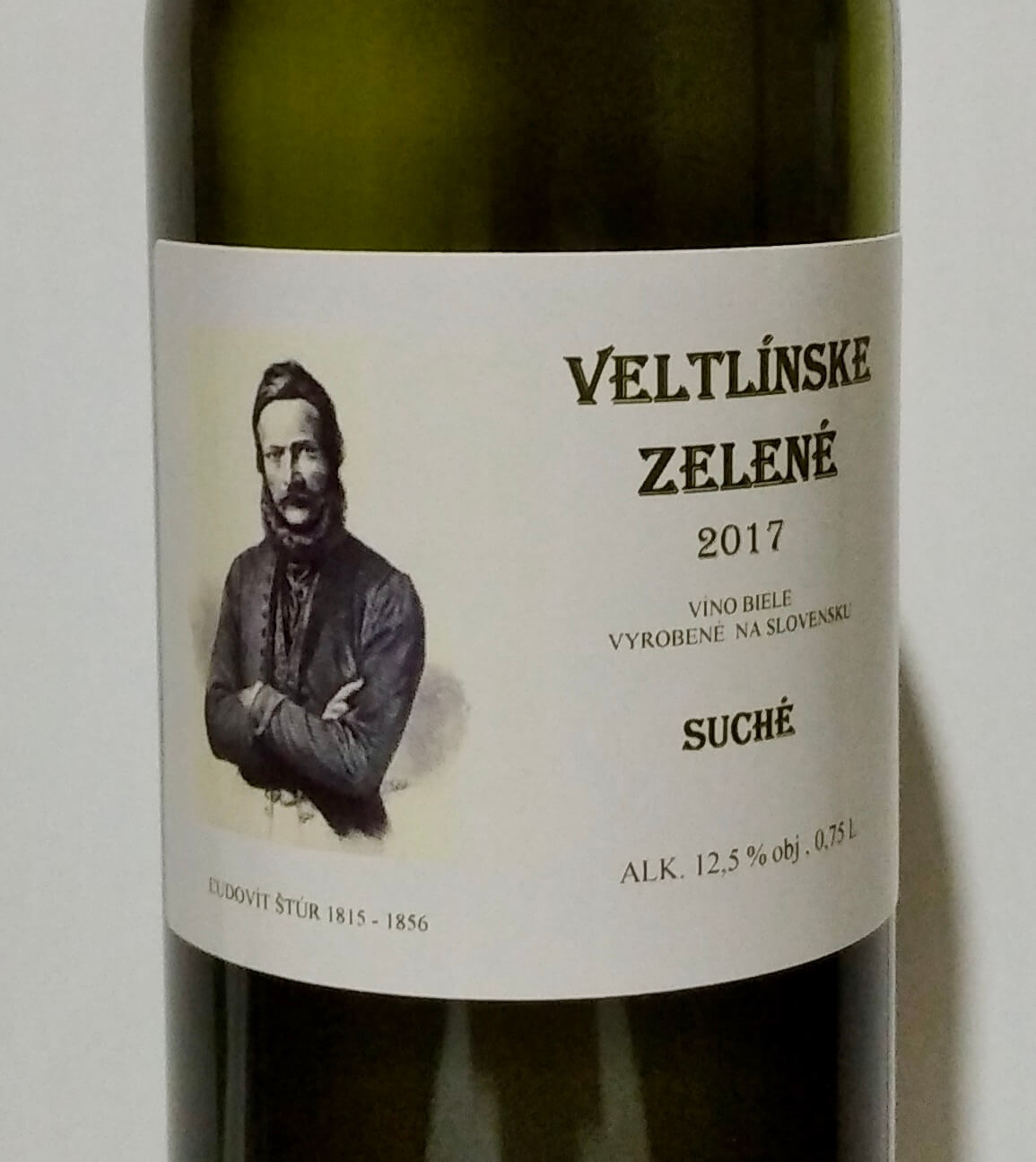
Do you want to taste our most popular Modran variety and remember Ľudevít? We highly recommend Grüner Veltliner from R.K.VIN MODRA by Radovan Krajčovič. How did Štúr get to this particular vignette? Very simply. The wine comes from the Noviny hunting ground, near which our actor shot himself, and died as a result of the shooting on January 12, 1856 in Modra. The winery started using this label in 2015 for the 200th anniversary of Štúr’s birth.
ŠTÚR’S MODRA
Are you curious about everything you can see in connection with Štúr in Modra? Know that there is a lot. The town of Modra is really the town of Štúr. Numerous monuments and institutions bearing his name bear witness to this. Ľudovít Štúr square, elementary school, cultural centre and of course the statue of Ľudovít Štúr in the centre of the town. The gymnasium, on the other hand, bears the name of Štúr’s eldest brother Karol, who was the rector of the local lyceum. In 1994, the collection of monuments to the personality of Ľudovít Štúr was even declared a national cultural monument. It includes six objects. First of all, it is the grave of Ľudovít Štúr with a tombstone by Jozef Kostka from 1964 and the place where he was shot in the rural part of the Modran vineyards – Šnaudy. It includes also a burgher’s house, the so-called Emrzesz’s house with the memorial room of Ľudovít Štúr, where he spent the last days of his life. Next comes Schnell’s house, where he also lived with his last student, Konstantín Kostič. Štúr’s bench is also an important memorial place – a place in the Holombecká valley where he liked to go to relax. Last but not least, the former evangelical parish with a memorial plaque of Karol and Ľudovít Štúr belongs here. It is the place from where Štúr fled to Záhorie, after a brave benefactor came to warn him of an arrest warrant and certain death. The modern and interactive Museum of Ľudovít Štúra in Modra also offers an extremely interesting way of learning about the life of Ľudovít Štúr. In it, you can play touch screen pexeso with our nationals, see Štúr’s hair, thigh bone. You will also see what his love, Mária Pospíšilová, looked like there.
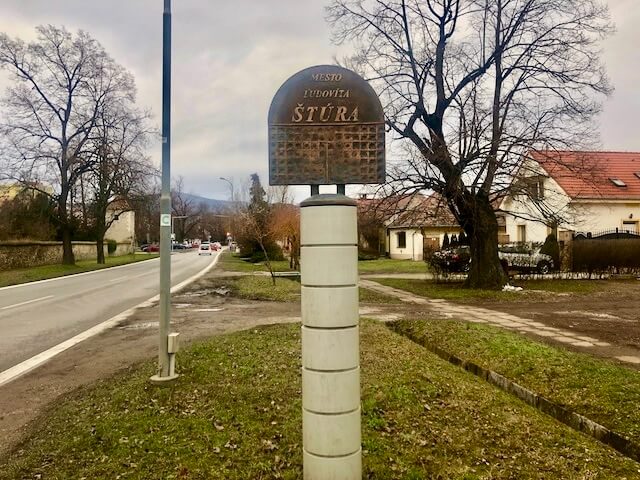
FINAL WORDS
Ľudovít Štúr was versatile, fascinating and, I guess, the greatest personality of our history. His life is closely connected to the town of Modra. If you want to learn more details and tidbits about the life of Ľudovít Štúr and his stay in Modra, order our ŠTÚR’S MODRA tour.
The author of the article is Martina Miromila Klúčiková – tour guide and local patriot. You too can create your own middle name invented by Štúr and his fellows using a tool prepared for you by the Slovak Academy of Sciences.
